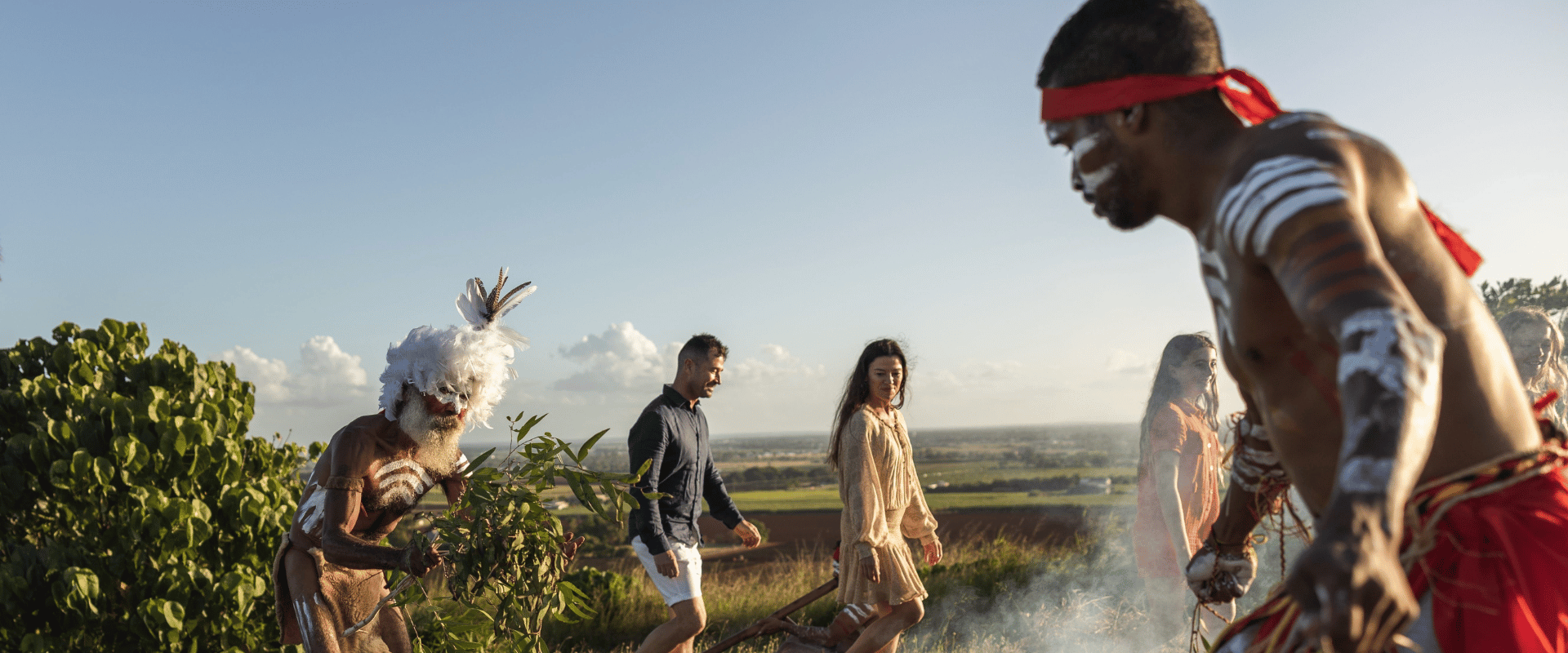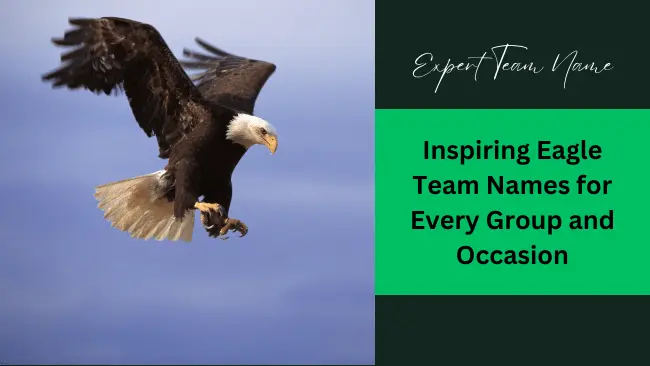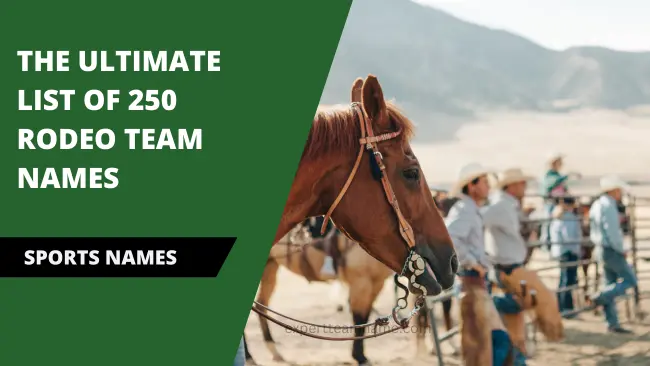First Nations Travel Sees Uptick as Holiday Loan Australia Enables Cultural Access

Interest in First Nations tourism is growing, with more Australians using a holiday loan Australia to access culturally significant travel experiences. These loans are helping bridge financial gaps, making respectful and educational journeys more attainable.
Cultural tourism is experiencing a remarkable shift across Australia. More families are seeking authentic Indigenous experiences, yet financial barriers often stand between aspiration and action. With interest rates starting at 5.76% yearly across the Australian banking industry, holiday loans with amounts ranging from $2,000 to $100,000 are now filling this vacuum.
The data presents a convincing picture. According to research, 30% of Australians spend between $5,000 and $10,000 on significant travel experiences, while 40% of them never travel abroad because of financial limitations. A surprising opportunity has arisen as a result of this financial reality: domestic cultural tourism is booming as Australians shift their travel expenditures to local Indigenous experiences.
Breaking Down Financial Barriers to Cultural Tourism
Prior to the epidemic, 17% of all foreign visitors to Australia,1.4 million people, participated in Indigenous tourism activities. As more Australians become aware of the cultural diversity within their own country, interest in the country is growing.
Financial counsellor Sarah Chen from Money Help Network explains: “We’re seeing more clients interested in using personal loans for cultural experiences rather than overseas holidays. The cost is often similar, but the cultural value and local economic impact feel more meaningful to many families.”
Current lending data shows approximately $40 million worth of travel loans are approved monthly. While this figure remains below pre-2006 peaks of $80 million, the shift toward domestic cultural tourism represents a fundamental change in Australian travel priorities.
How Holiday Loans Make Cultural Experiences Accessible
Personal loans for travel operate like any standard loan: you receive a lump sum upfront and repay it over an agreed timeframe. Most lenders offer terms between one and seven years, with loan amounts typically ranging from $2,000 to $100,000
The application process has been streamlined across the industry. Borrowers must be Australian citizens or permanent residents, aged 18 or over, with annual income exceeding $20,000. Your credit score influences the interest rate offered, but many lenders use flexible criteria for approval.
Essential Application Requirements
- Australian driver’s licence or passport
- Recent payslips and bank statements
- Employment verification
- Details of existing debts and expenses
Interest rates vary significantly between lenders. Major banks typically offer rates between 7.49% and 20.49% annually, while some online lenders start from 5.76%. Companies like CashLend and other digital-first lenders have introduced competitive rates specifically for cultural tourism, recognising the social benefits of these experiences.
The Growing First Nations Tourism Landscape
Government investment is accelerating Indigenous tourism development nationwide. Recent announcements include $6 million in Strategic Indigenous Tourism Projects, with matching federal and state contributions supporting 25 new Queensland programs alone.
The Discover Aboriginal Experiences collective now features over 200 authentic, Aboriginal-guided tourism offerings. These range from traditional smoking ceremonies and cultural walks to multi-day immersive experiences in the country.
Market Growth Indicators
- 35% increase in domestic cultural tourism bookings year-on-year
- Average spend per cultural tourism experience: $1,200-$3,500 per person
- 78% of participants rate cultural tourism as “life-changing” or “highly meaningful”
Popular Cultural Experiences and Their Investment Costs
Understanding typical costs helps when planning loan amounts. Financial planning experts recommend budgeting comprehensively to avoid unexpected expenses.
Experience Type
Duration
Typical Cost Range
Loan Suitability
Half-day cultural walk
4-6 hours
$150-$400 per person
Credit card alternative
Traditional art workshop
Full day
$200-$500 per person
Short-term financing
Multi-day country experience
2-3 days
$800-$2,500 per person
Personal loan recommended
Week-long cultural immersion
7 days
$3,000-$8,000 per person
Structured loan essential
Popular experiences include hands-on art workshops teaching traditional dot painting techniques, Uluru cultural walks with Anangu guides, and Kakadu river cruises where visitors may see animals while learning traditional storytelling.
The finest value proposition is frequently offered by family-friendly solutions. A family of four may spend between $3,000 and $5,000 on a three-day cultural trip that includes lodging, meals, and activities led by a guide.
Strategic Financing Approaches for Cultural TravelCritical Loan Features for Comparison
When evaluating a vacation loan, it’s critical to compare key factors across lenders in order to make an informed financial choice. The interest rate structure, whether fixed or variable, is one of the most crucial aspects to consider since it affects long-term affordability. Borrowers should also take establishment and recurring fees into account, as they may significantly increase the total cost of the loan.
Redraw options and early repayment penalties are additional factors that impact financial flexibility throughout the course of the loan term. Providing a variety of payment frequency choices can also help tailor repayments to personal spending habits, particularly for temporary or seasonal employees planning trips. These elements work together to determine the loan’s worth and borrower acceptance.
Timing and Budget Considerations
Take close note of the loan timing. Seasonality frequently affects the availability of cultural experiences, especially those that rely on the weather or customs of the culture. Making reservations far in advance helps guarantee availability and save costs.
Comprehensive Budget Planning Framework
A comprehensive budget planning framework is essential for Australians considering a loan for holiday trip, particularly during peak travel periods. Accurately calculating the experience’s overall cost, which includes lodging, meals, and travel expenses, is the first step.
Financial experts advise including a 15–20% contingency buffer in the overall budget to protect against unforeseen costs. Treating travel insurance as a non-negotiable item in addition to essential travel expenses is advised since it provides vital protection against delays, cancellations, and medical emergencies.
Additionally, travelers should budget for optional expenses like local donations or cultural gifts, which are frequently expected in both international and community-based tourism. These factors guarantee a budget-friendly and practical vacation itinerary.
Application Process and Approval Criteria
Most lenders now offer streamlined online applications taking 15-30 minutes to complete. Major banks like NAB can provide same-day funding for approved applications submitted through internet banking. Alternative lenders, including platforms like CashLend, have introduced rapid approval processes specifically designed for cultural tourism financing.
Credit scores significantly impact approval chances and interest rates offered. Borrowers with excellent credit scores access the lowest rates, while those with fair credit may face higher costs but can still secure approval.
Key Approval Factors
- Debt-to-income ratio below 40%
- Clean credit history over the past five years
- Stable employment or income source
- Realistic loan amount relative to income
- Clear articulation of cultural tourism purpose
The Broader Impact: Tourism as Cultural Bridge
Economic benefits flow directly to Indigenous communities through employment and business ownership. Some operations report 65% Indigenous employment rates while training the next generation through specialised tourism academies.
The 2032 Brisbane Olympics are accelerating this trend. Queensland’s investment in First Nations tourism infrastructure aims to showcase authentic cultural experiences to international visitors, but domestic tourists are already reaping the benefits.
Holiday loans are democratising access to these transformative experiences. Previously, cultural tourism might have been limited to those with substantial savings. Now, families can spread costs over manageable monthly payments while supporting Indigenous communities and gaining invaluable cultural insights.
Growing cultural tourism and easily accessible finance are more than just a market trend. It supports Indigenous economic development and cultural preservation for future generations while allowing regular Australian families to participate meaningfully in the oldest continuous culture in the world.






